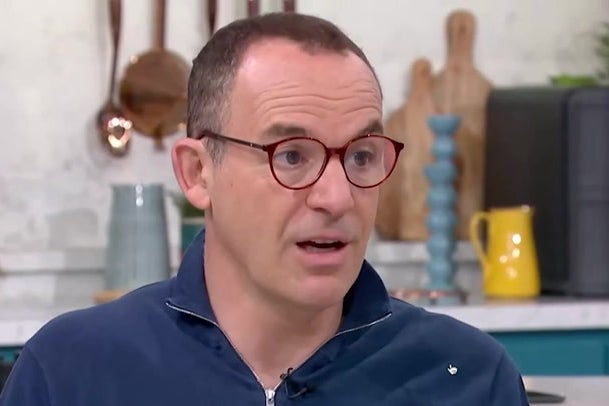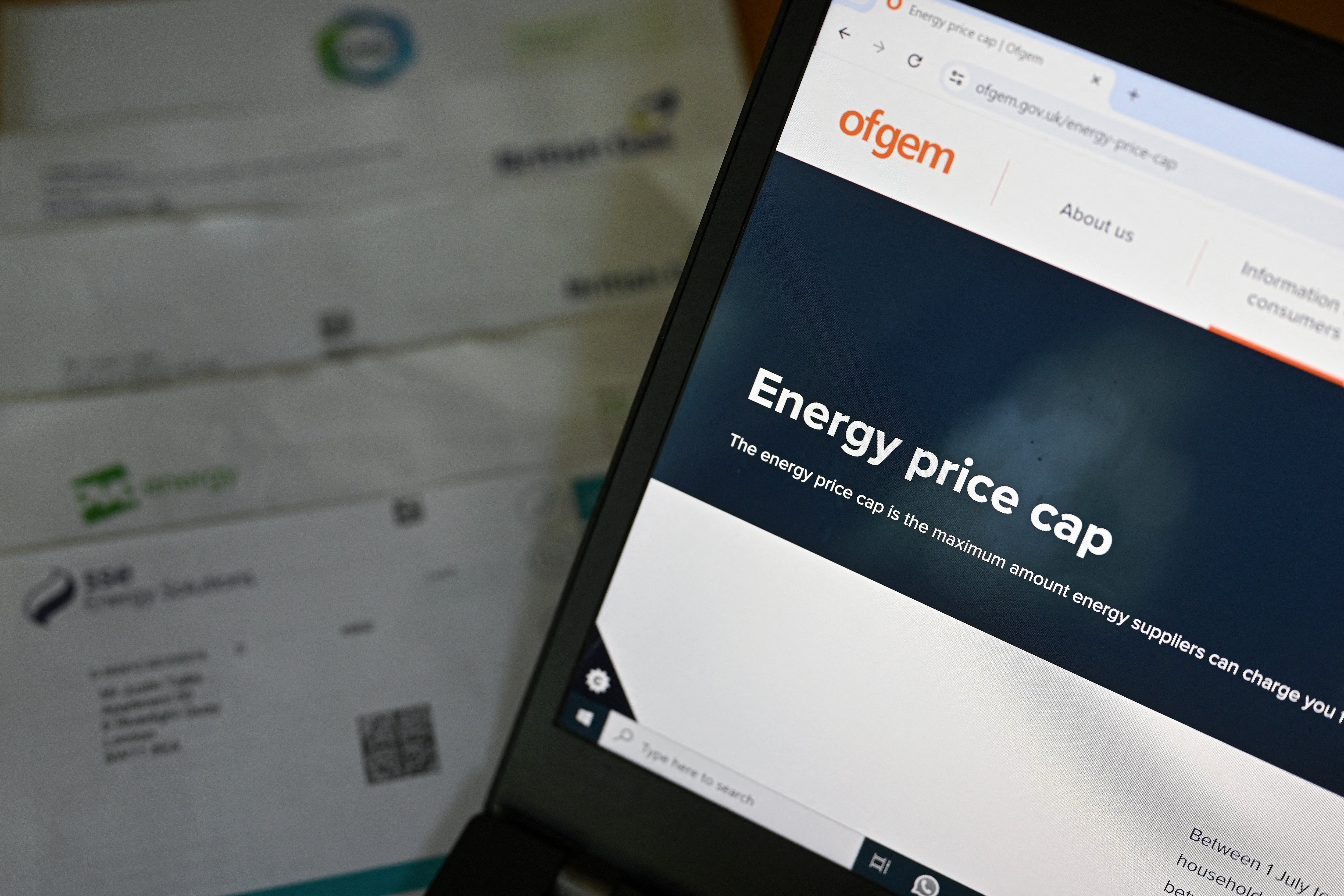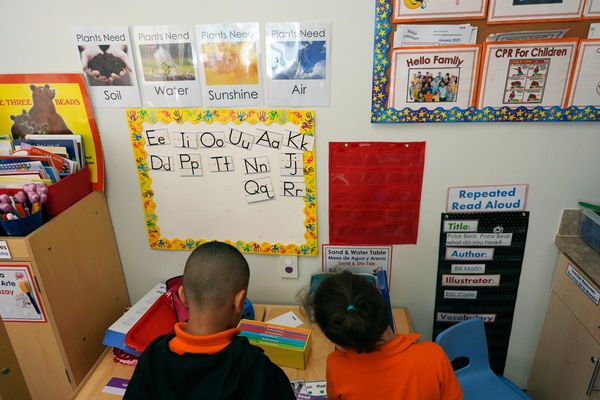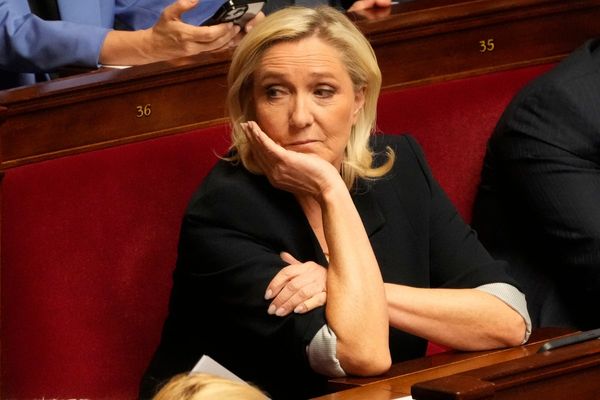Money expert Martin Lewis has given his advice on how to avoid a nasty spike in energy bill costs as Ofgem’s upcoming price cap rise is confirmed.
The figure will be increasing on 1 April to £1,849, up 6.4 per cent from £1,738. The energy price cap is the maximum amount energy suppliers can charge for each unit of energy for someone on a standard variable tariff. That includes most households, and it is expressed as an annual bill for an average home.
The change in prices is largely reflective of the cost of wholesale energy – the amount energy firms pay for their electricity and gas before supplying it to households – alongside other factors like distribution costs.
Mr Lewis has said the headline figure is somewhat more complicated, however, as the daily standing charge is actually dropping. This means that those using less energy will see a smaller rise, while those using over £200 a month could be facing 7 to 10 per cent increases.

Speaking on BBC Radio 4’s Today programme, the money expert was critical of the price cap, which he has in the past called a “pants cap.”
He hit out at Ofgem’s “weird time lag price cap mechanism” which means “even though energy prices are now starting to drop a bit,” they are based on prices from December to February, when costs were higher.
Mr Lewis added that he believes the measure should be replaced with a ‘social tariff’ where “those people who can’t engage in the competitive market or aren’t able to ... should just be given a cheap tariff by default.”
But there are some actions consumers can take to get ahead of the spike, he says, and changing to a fixed deal now is the most likely way to save money across the year.

Deals from firms like Ovo Energy and Outfox the Market come in at between 3.9 and 4.1 per cent less than the current price cap. Importantly, when the price cap increases in April, they will stay at the same rate, meaning savings closer to 10 per cent at least for the coming quarter.
Any fixed-term deal will generally be offered for at least 12 months, and up to 24 months. While they will fix this lower price in place for now, they also remain the same if the energy price cap falls below the rate they offer. Most will charge an exit fee to get out of.
The Money Saving Expert service gives its rule of thumb: “If you find a fix for up to 4 per cent more than the current Price Cap, it's predicted you'll save over the year compared with staying on the Price Cap.”
Energy bills tend to rise or fall every three months, when Ofgem sets its energy price cap. This dictates the maximum amount energy suppliers can charge for each unit of energy, and is expressed as the annual bill for the average household.
For more energy bill and cost of living help, visit The Independent’s regularly updated guide.







